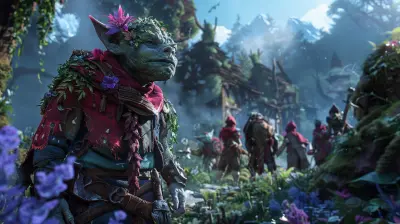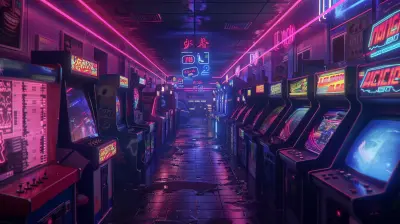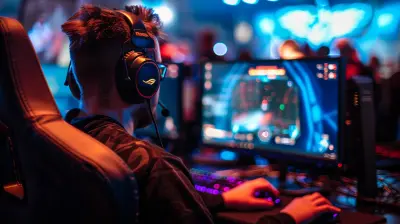Gamifying Social Skills for Kids and Teens
4 September 2025
Let’s paint a picture real quick: imagine a world where kids and teens actually want to learn how to talk to each other, solve problems as a team, and understand empathy—all without rolling their eyes or pretending they're suddenly allergic to interaction. Sounds like magic, right? Nope, it’s just plain ol’ modern genius—aka gamifying social skills.
In a time where attention spans are shorter than a TikTok video and “building character” sounds more like upgrading your Minecraft avatar than introspection, gamifying social skills is a refreshing (and frankly, brilliant) way to teach what really matters.
So, buckle up—whether you're a parent, teacher, or just a curious human—you’re about to dive into a quirky, informal, and jam-packed guide to how turning human connection into a quest might just be the cheat code we’ve been looking for.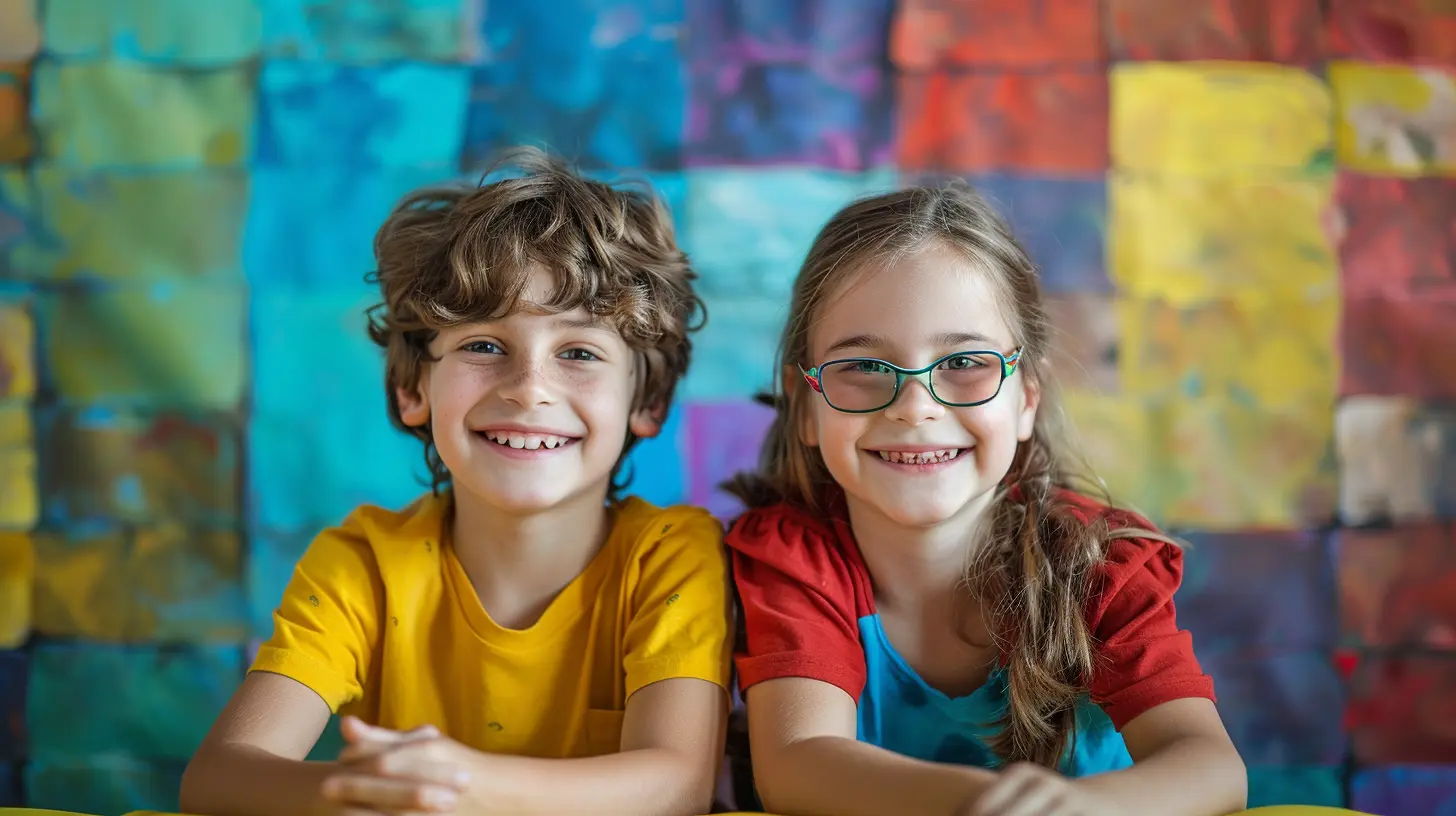
What Does “Gamifying” Even Mean?
Alright, let’s clear the air. You’ve probably heard the term “gamification” tossed around like confetti at a birthday party, but what does it actually mean?In simple terms, gamifying something is when we take the fun, addictive, and goal-driven elements from games (like points, levels, and rewards) and plug them into real-life activities to make them more engaging.
Now, we’re taking that sweet formula and applying it to—wait for it—social skills. Yep! Like talking, listening, understanding emotions, resolving conflicts, and basically how not to be a total jerk in a group setting.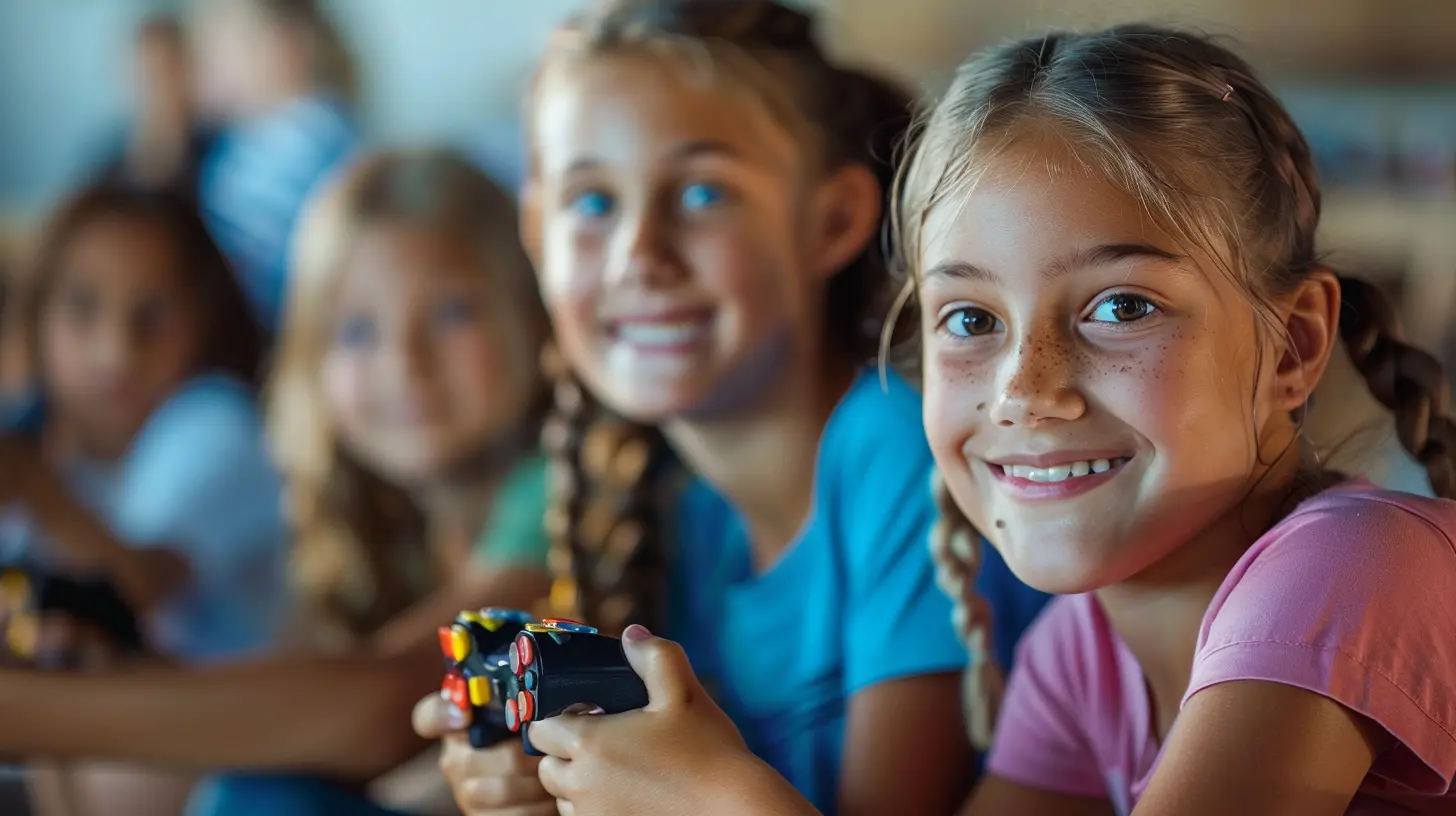
Why Social Skills Matter (Like, A Lot)
Okay, so here’s the deal: social skills might not be something you can download or get from a loot box, but they’re kind of a big deal. Think of them as the original multiplayer toolkit for life.Social skills help kids and teens:
- Make friends (and keep them!)
- Communicate clearly (without turning every convo into a drama episode)
- Navigate the wild jungle that is a school hallway
- Team up during school projects without meltdown-level conflict
- Understand other people’s feelings—and their own
In short, they’re the invisible XP points that help build confidence, reduce anxiety, and create stronger connections IRL.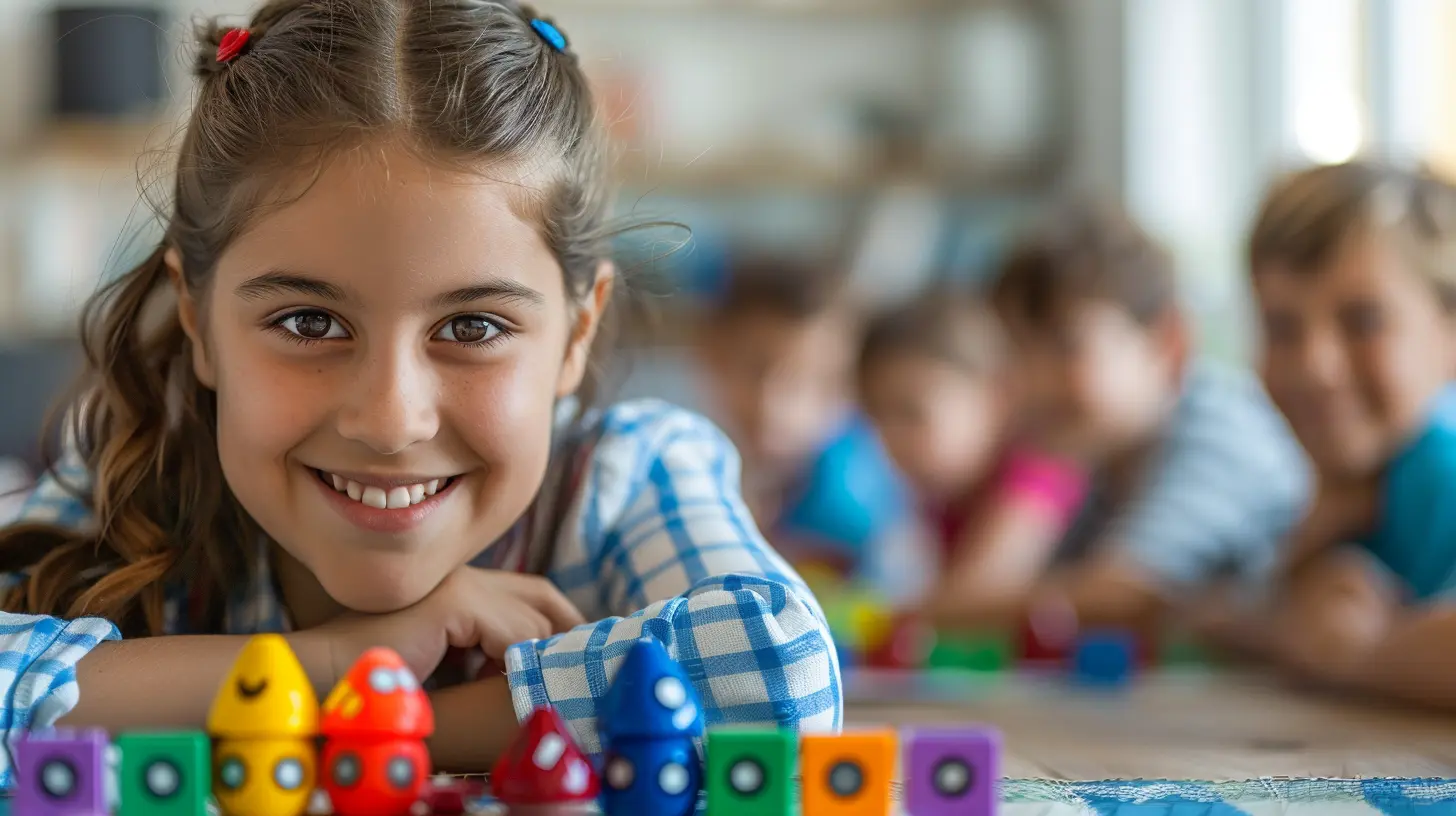
Why Gamify Social Skills, Though?
Let’s be honest. If you tell a teen to “practice active listening,” you might get a blank stare. Tell them it’s part of a game where they unlock rewards for understanding someone else’s feelings? Now you’ve got their attention.Gamifying social skills:
- Makes learning feel less like a chore
- Boosts engagement and motivation
- Turns awkward situations into fun challenges
- Helps introverts break out of their shell (without turning into extroverts)
- Creates safe, playful environments for trial and error
It’s like hiding broccoli in a brownie. The kid eats it, loves it, and doesn’t even realize they just swallowed something healthy.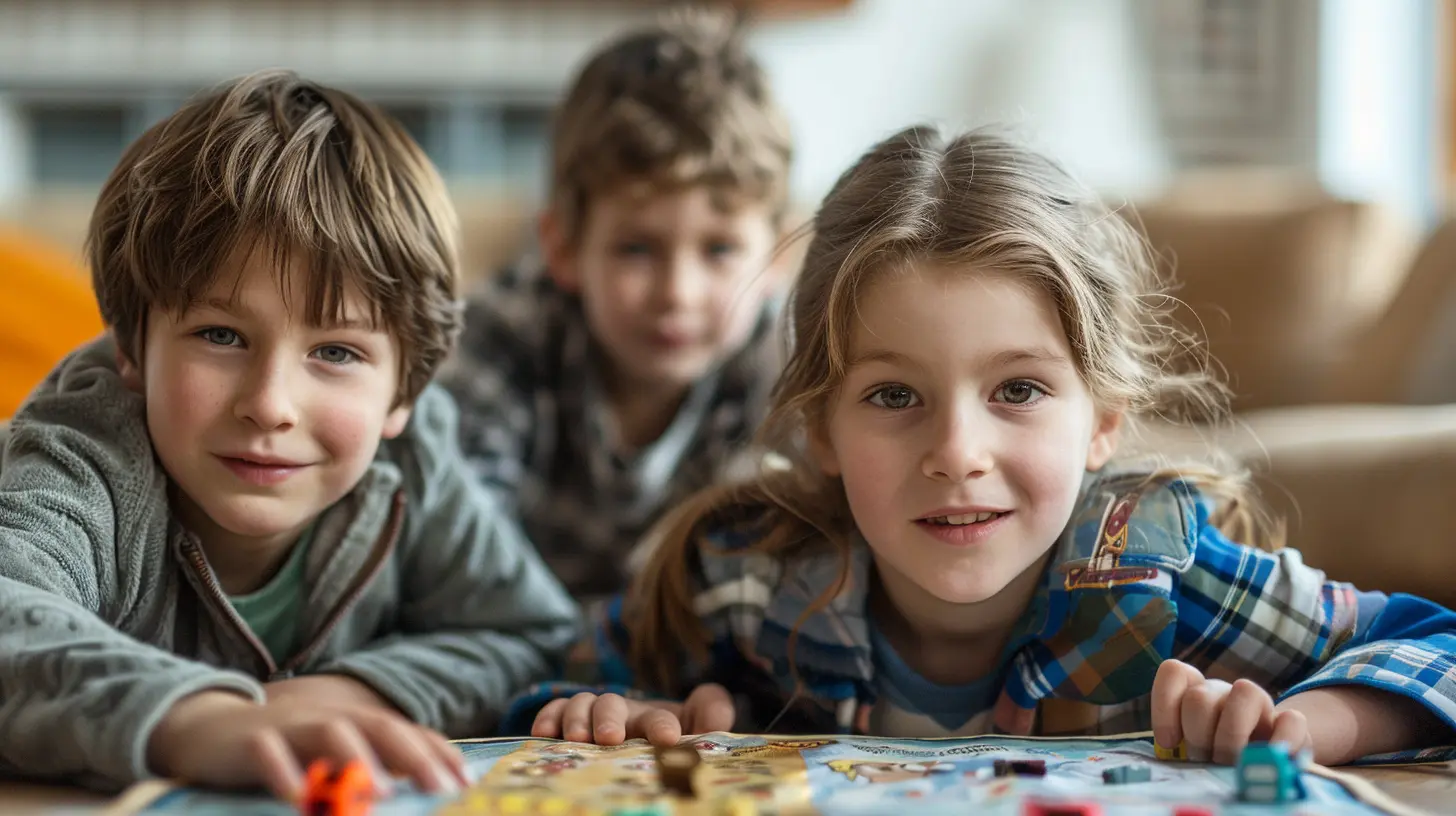
The Anatomy of a Social Skills Game
Let’s break down what makes a good social skills game tick. Not every game fits the bill. The best ones have:🎯 Clear Objectives
No kid wants to play a game where the goal is “be a better person.” That’s way too vague. Give them specific challenges, like:- Start a conversation with a new classmate
- Compliment someone genuinely
- Use “I” statements in a disagreement
🎮 Game Mechanics
Think points, badges, leaderboards, or levels. These game elements keep players hooked.Here’s an example: Earn 10 points every time you make eye contact while speaking.
You can even build in mini-bosses—like tricky social situations—to beat!
🧠 Reflection Moments
Insert a pause button. Build in moments where players think, “What did I just do well? What could I have done differently?” Reflection helps turn gameplay into growth.Game Ideas That Actually Work
Let’s talk brass tacks: what kind of games are we talking here? Here are a few creative (read: not boring) ways to gamify social growth.1. Role-Playing Quests 👑
Turn everyday scenarios into mini-RPG quests. Give kids character sheets with “social attributes” (like empathy, communication, and problem-solving) and have them “level up” by role-playing different situations.Example:
- Quest: The Group Project Gauntlet
- Goal: Collaborate to complete a creative task while practicing active listening
Bonus: Let them roll dice for random challenges like “Someone disagrees with your plan. Defuse the conflict respectfully.”
2. Empathy Bingo 🎲
Set up a bingo card filled with acts of kindness or empathy-based tasks. Things like:- Help someone without being asked
- Notice when someone’s upset and ask how they’re doing
- Give a high five after a tough moment
First one to get five across gets a prize—or just major bragging rights.
3. Talk Tokens 💬
Each player gets a set number of “talk tokens” for the day or game session. They can only speak when spending a token—which encourages thoughtful speaking and active listening.Great for group settings where someone hogs the mic or someone else always zones out.
4. Charades with a Twist 🤹
This old-school game gets a social refresh. In this version, kids act out emotions, social situations, or even conflict scenarios. Others have to guess not just what’s happening—but also suggest how to handle it.Think of it as emotional charades meets mini therapy—but make it fun.
5. The Compliment Scavenger Hunt 🌈
Give players a checklist of people to compliment in different ways:- A funny classmate
- The quiet kid others ignore
- A teacher who looks stressed
It’s like Pokemon Go meets kindness. Gotta give ‘em all!
Apps & Games That Are Already Crushing It
Let’s give a virtual high-five to some digital tools already leading the way in gamified social-emotional learning:🧠 ClassDojo
Teachers use it to award points for behaviors like teamwork, participation, and empathy.🌍 Minecraft Education Edition
Missions include working together to solve real-world problems, which builds communication and cooperation skills naturally.💬 Peppy Pals
For younger kids, this app teaches empathy and emotion recognition through stories and mini-games. No ads, no violence—just wholesome vibes.🗣️ Social Express
Designed for teens, this interactive program uses animated characters to guide users through tricky social scenarios.Making It Work IRL: Tips For Parents & Educators
So, you’re convinced this works (duh!), but you’re wondering how to pull it off without turning into a game designer yourself?Here’s how you can sneak gamification into real life without the stress:
1. Start Small
You don’t need an entire game engine. Pick one goal (like empathy) and build a weekly challenge around it. Example: “You have 3 empathy points to earn this week. Each genuine question you ask someone earns one.”2. Make It Visual
Kids love visuals. Use charts, badges, mini-trophies, or even stickers on the fridge. It’ll give them that sweet dopamine hit every time they level up.3. Get Them Involved
Let them help create the rules, characters, goals, or even the reward system. When kids feel ownership, they’re way more into it.4. Keep It Real
Don’t overdo the “game” part. Remember—this is about real, meaningful interaction masquerading as fun. If it gets too competitive or artificial, it can backfire.The Secret Sauce: Why It Actually Works
Honestly, gamifying social skills isn’t just a feel-good gimmick. There’s actual brain science at play here.- Dopamine: Games activate the brain’s reward center. Each time a kid earns a badge or point, their brain releases a little happy buzz.
- Neuroplasticity: The more kids “practice” social behaviors, the more those neural pathways become second nature.
- Emotional regulation: Games naturally build in rules, which teaches kids to follow structure, manage impulses, and think before reacting.
It’s neuroscience wrapped in fun. What’s not to love?
Prepare for Side Quests (aka Things Might Get Weird)
No game’s perfect, and neither is gamifying social skills. Sometimes it gets weird. Here are a few curveballs you might face:- Over-competitiveness: Some kids might obsess over points instead of real growth. Gently steer them back by rewarding effort, not just outcomes.
- Gaming the system: Yep, some clever players will figure out how to ‘fake’ empathy for points. Keep it honest with reflection breaks and feedback loops.
- One-size-does-not-fit-all: Not every game works for every child. Be flexible, willing to tweak, and ready to throw in some rule-breaking magic when needed.
Final Thoughts: Life Is One Big Co-Op Game
At the end of the day, life isn’t a solo mission. It’s a massive multiplayer co-op game, and the better equipped kids are with social skills, the easier it’ll be for them to navigate friendships, relationships, school, and even future jobs.Gamifying social skills doesn’t mean we’re turning kids into robots who follow scripts. It means we’re using the language they already speak—games—to help them grow into better humans.
And hey, if they can learn to form alliances in Fortnite, they can learn to handle a group project without tears, right?
So roll the dice, put on your game face, and let the social skill quest begin.
all images in this post were generated using AI tools
Category:
Games And Social SkillsAuthor:

Aurora Sharpe
Discussion
rate this article
1 comments
Otis McDougal
Great insights on using gamification to enhance social skills in kids and teens! It’s inspiring to see innovative approaches that make learning engaging and fun for young people. Thank you!
September 18, 2025 at 3:17 PM

Aurora Sharpe
Thank you for your kind words! I'm glad you found the insights inspiring. Gamification can truly make a difference in engaging young learners.
